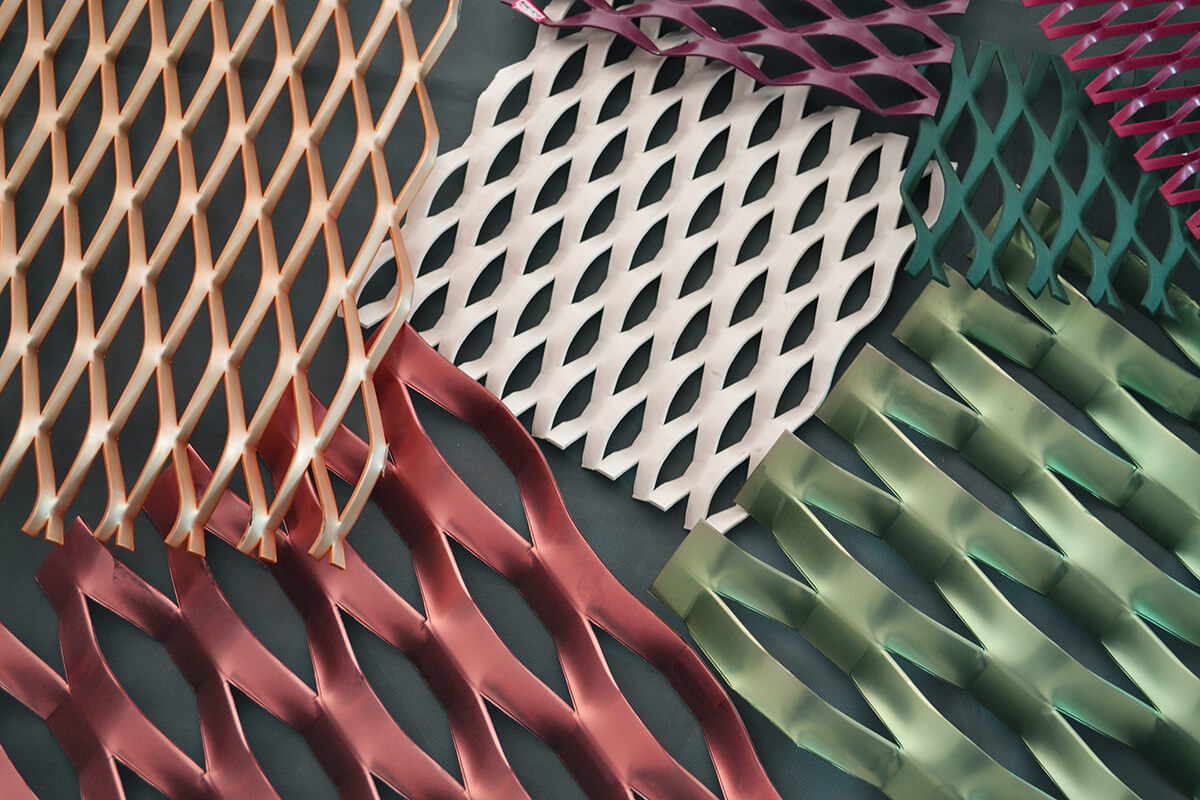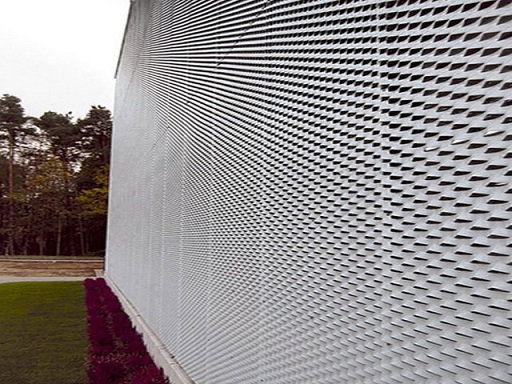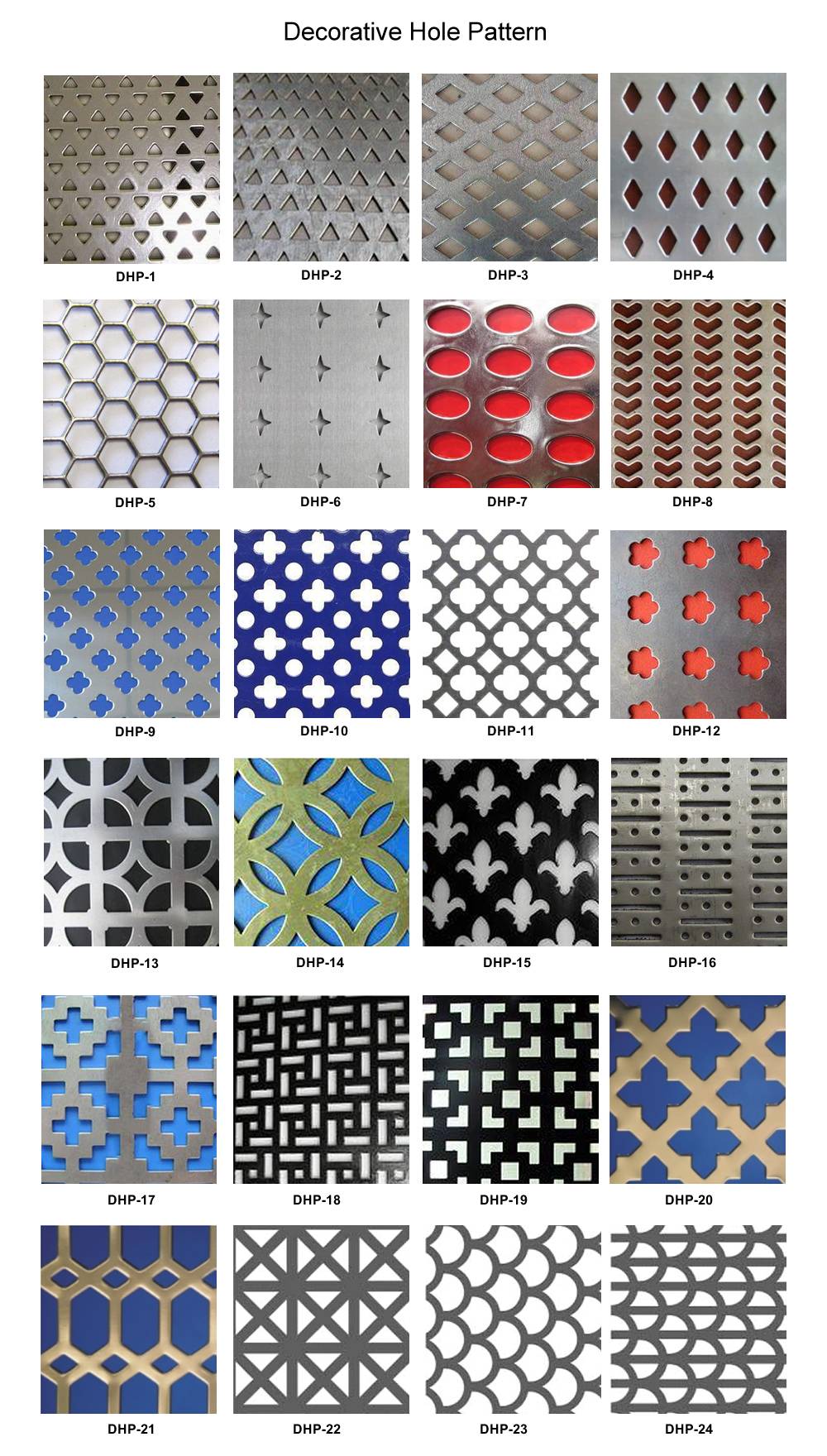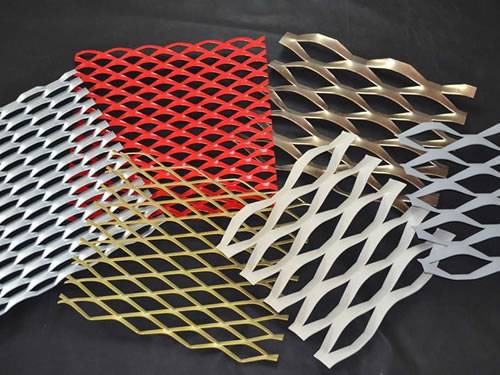Welcome to the exciting world of decorative expanded metal! As an avid DIY enthusiast and a professional in the interior design industry, I’ve had the pleasure of working with this versatile material for various projects. In this article, I’ll share everything you need to know about decorative expanded metal, from its benefits and applications to practical tips on incorporating it into your designs. Let’s dive in!
What is Decorative Expanded Metal?
Decorative expanded metal is a type of metal mesh that is created by taking a sheet of metal and cutting it in a specific pattern, allowing it to expand into a lightweight, yet strong material. This process not only enhances its functionality but also adds a unique aesthetic appeal. Its patterned design can be used in both architectural and ornamental applications.
History of Expanded Metal
Expanded metal has been around since the early 19th century. Originally used for safety and security, it has evolved over time to include decorative uses in architecture and design. Today, designers and architects leverage its unique properties to create stunning visual effects.
Materials Used in Decorative Expanded Metal
Decorative expanded metal can be made from various materials, including:
- Aluminum
- Steel
- Stainless Steel
- Brass
- Bronze
Each material brings its own advantages, making it crucial to choose one that best fits your project needs.
Benefits of Decorative Expanded Metal
| Benefit | Description |
|---|---|
| Versatility | Can be used in a wide range of applications, from architecture to furniture design. |
| Lightweight | Despite its strength, expanded metal is relatively lightweight, making it easy to handle. |
| Durability | Highly durable, resistant to corrosion and wear, ensuring long-lasting use in various environments. |
| Visual Appeal | Available in numerous designs and patterns, allowing creativity in design and aesthetics. |
| Eco-Friendly | Many expanded metals are recyclable, making them an eco-friendly option for projects. |

Personal Experience
When I embarked on my first project using decorative expanded metal, I was amazed by its potential. I used it to create a unique divider in a spacious loft. The light playing through the patterns created an incredible atmosphere that transformed the entire room. The combination of strength and beauty made it an ideal choice!
Applications of Decorative Expanded Metal
Decorative expanded metal can transform any space with its wide range of applications. Here are some popular uses:

Architectural Applications
- Facades and Cladding
- Railings and Balconies
- Partitions and Screens
- Ceilings and Roofs
Furniture Design
From accent tables to shelving units, decorative expanded metal can add a modern touch to furniture design. It allows for airflow while maintaining structural integrity.

Interior Design
- Wall Art and Decor
- Lighting Fixtures
- Staircases and Steps
- Garden Features (e.g., trellises)
Choosing the Right Type of Decorative Expanded Metal
When choosing decorative expanded metal, consider the following factors:

Material Selection
Your choice of material will impact the overall look and functionality of your project:
- Aluminum: Lightweight and resistant to corrosion, perfect for outdoor applications.
- Stainless Steel: Offers a modern aesthetic with high strength and durability.
- Brass: Provides a warm, vintage look ideal for decorative elements.
Pattern and Design Options
Expanded metal comes in various patterns—each creating different effects. Here are a few popular patterns:
- Diamond
- Hexagonal
- Square
- Custom Designs

Size and Thickness
Determine the required size and thickness based on your project needs. Thicker sheets provide more strength but may be less flexible in terms of design.
Installation Tips for Decorative Expanded Metal
Successfully installing decorative expanded metal involves several key steps:

Preparation
- Gather tools such as a saw, drill, and measuring tape.
- Ensure the surface is clean and dry before installation.
Measuring and Cutting
Accurate measurements are crucial for a clean installation. Always measure twice before cutting!
Attachment Methods
There are several methods to attach expanded metal:
- Welding
- Screwing
- Adhesives
Finishing Touches
Consider applying a finish or sealant to enhance durability and aesthetic appeal. Powder coating or painting can add color and protection.
Pros and Cons of Decorative Expanded Metal
| Pros | Cons |
|---|---|
| Wide variety of designs | Can be expensive depending on the material |
| Strong yet lightweight | May require specific tools for installation |
| Low maintenance | Not suitable for every design aesthetic |
Maintenance and Care for Decorative Expanded Metal
Keeping your decorative expanded metal looking good is quite simple. Here are some tips:
Regular Cleaning
Wash with soap and water to remove dust and grime. For stainless steel, consider a stainless steel cleaner for a polished look.
Rust Prevention
If using iron or steel, ensure you apply a rust-inhibiting paint or sealant to prolong its lifespan.
FAQs about Decorative Expanded Metal
What is the difference between decorative and standard expanded metal?
Decorative expanded metal focuses on aesthetics and design, while standard expanded metal emphasizes functionality, often used for safety or security purposes.
Can I customize the design of expanded metal?
Yes! Many manufacturers offer customization options for patterns, sizes, and finishes to fit your specific design needs.
Is decorative expanded metal suitable for outdoor use?
Absolutely! When made from aluminum or stainless steel, decorative expanded metal is highly resistant to weather and corrosion, making it perfect for outdoor applications.
How can I incorporate decorative expanded metal into my home decor?
Consider using it for wall art, room dividers, or lighting fixtures. Its unique designs can add a modern touch to any room.
What are the best ways to cut decorative expanded metal?
Utilize a jigsaw or metal shear, ensuring you wear safety gear to protect yourself. Always make precise measurements to avoid mistakes.
Final Thoughts
Decorative expanded metal is more than just a functional material; it’s a canvas for creativity and design. With its numerous benefits and applications, it can be the perfect addition to your projects. I encourage you to explore its possibilities and see how it can elevate your space. Remember, the key to a successful project is in the planning and execution. Happy designing!